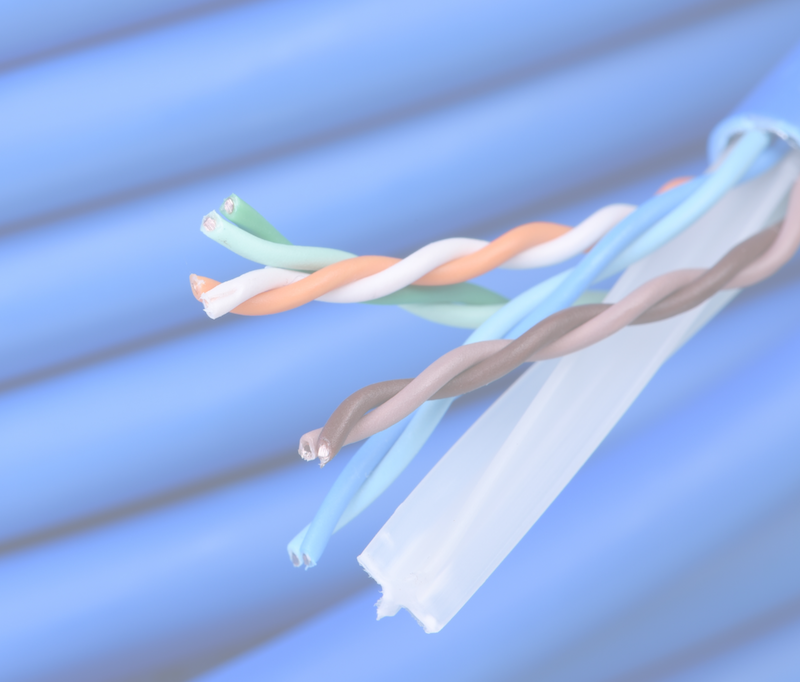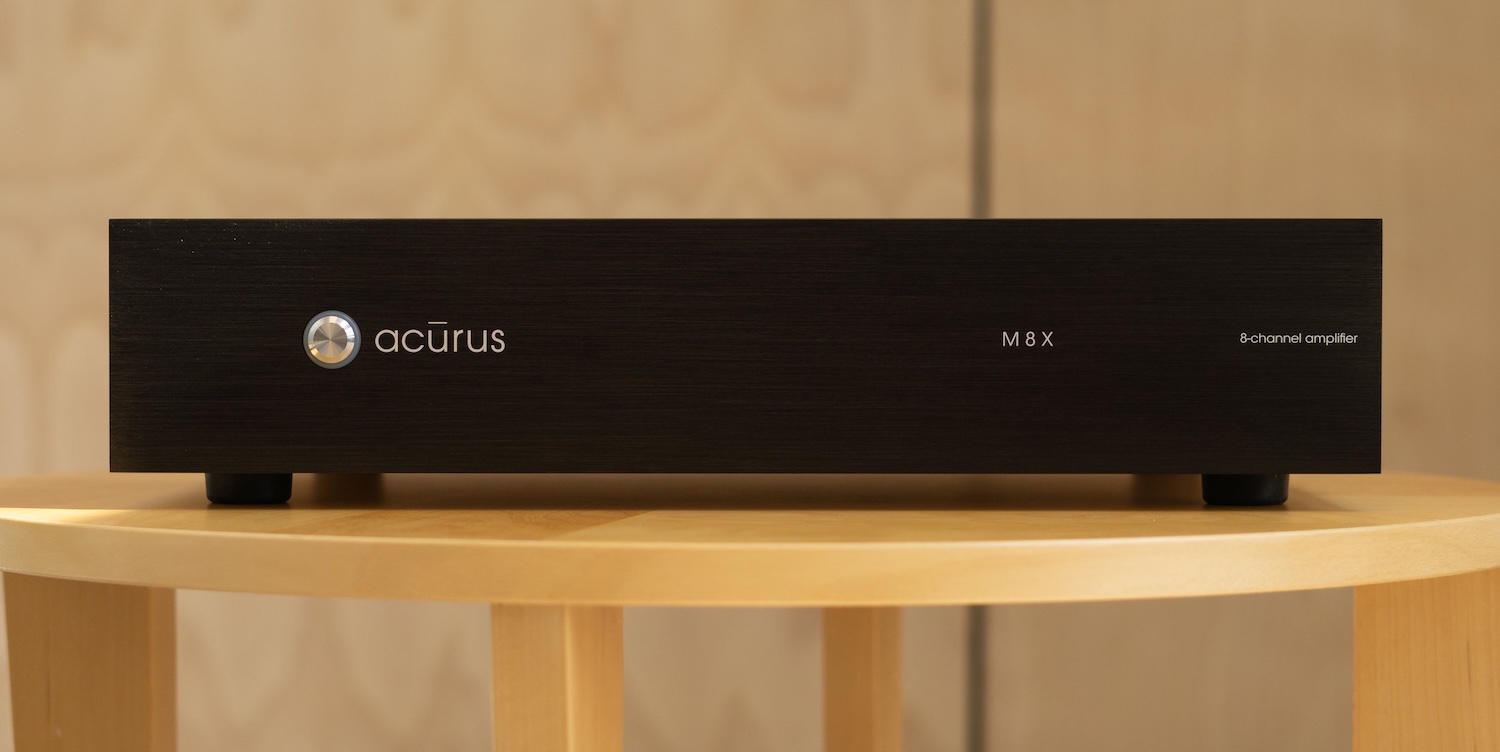Since the mid to late 1980s, cabling standards have been constantly evolving. Understanding the key performance differences of each new iteration can be confusing. To help bring clarity and understanding to the topic, Kordz has authored an article on the benefits and drawbacks of the various networking cabling types.
Packed with information and insight from the cabling experts at Kordz, “Category Cables Demystified: From Cat5e to Cat8” helps systems integrators choose the most appropriate cable for their projects based on scope, size, and budget.
‘Category Cables Demystified: From Cat5e to Cat8,” available on the Kordz website, breaks down network cabling choices in terms of bandwidth support, data transmission rates, interoperability, and recommended applications, as well as performance disadvantages. Presented much like a handy reference guide, the information shared in ‘Category Cables Demystified: From Cat5e to Cat8’is quick and easy to digest, and it includes a chart that outlines the key features of each class of cable.
“Networks have come a long way since their inception in the late ’70s. Network cable technology has progressed along the way, leading us to the next generation of Cat-6, Cat-6A, and beyond — solutions that push the boundaries of home and business networks by supporting bigger bandwidth, more reliable and stable connectivity, and delivery of more power to more devices,” said James Chen, Kordz managing director. “While it may seem natural to assume that the higher numbers represent better performance, this is not always the case. Our newly published article makes sure integrators understand the best use cases for every type of cable — new and old — to strike a perfect balance between network performance and affordability.”
The article clears up misconceptions about Cat-7 and Cat-8 being “better” cables than Cat-6/6A. While both of these next-generation cables offer numerous improvements, they still have certain limitations, including cost and signal distance. These and other differentiators are covered in depth.








![ecobee premium airzone control The ecobee Smart Thermostat Premium. [Photo credit | ecobee]](https://restechtoday.com/wp-content/uploads/2025/06/ecobee-premium.jpg)
